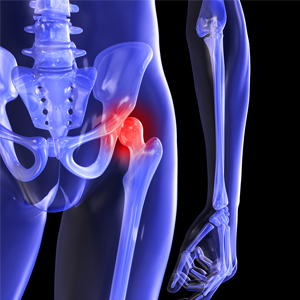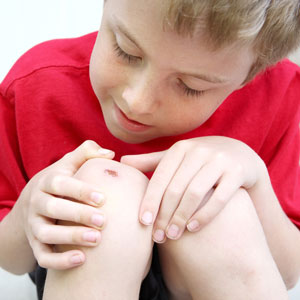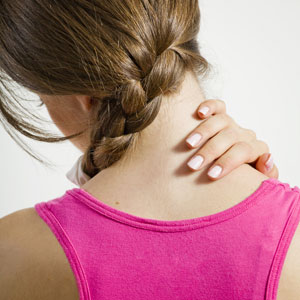 Pain, aches and injuries keep you away from what you want to do. We want to keep you safe, optimise your performance and help you recover faster. To do that, we need to tailor a treatment plan that's unique to you. Now we have a great tool that does just that. It’s called ViMove and it uses revolutionary wireless wearable sensors to objectively measure exactly how you move. These are the same sensors that elite sports trainers are using with Olympians and professional athletes to prevent and manage injuries and guide recovery and return to play. By recording data at 200 frames per second, ViMove provides our team with visual, objective, easily interpreted data to improve your assessments, choose and manage treatment options designed just for you, and document your therapy progress. What can ViMove measure? ViMove can be used to measure movement and muscle activity on different parts of your body, or it can be used to enhance technique or optimise performance in activities like running. Want to learn more? Give as a call or visit our clinic to learn more about what ViMove can do for you. You can also find more information at dorsaVi’s website: http://www.dorsavi.com/vimove/ We are really pleased to launch the new look website today which has been updated in content and also updated for mobile browsers. One of the new features of the site is the online booking system that allows clients to book in directly, even after hours, without the need for calling the clinic. This is available to both current patients and people visiting for the first time.
We will be regularly updating the latest articles section with new and interesting research in the fields of sports physiotherapy, but also in general health topics and local news. Stay tuned for further updates.... Hip pain may be caused by a number of different factors. These may include degenerative changes in the hip joint, labral damage, bony spur formation (cam lesion), stress fractures of the femoral neck of the femur and even referred pain from the lower back.
Differential diagnosis through examination is essential, and this can be followed up with an MRI and an x-ray if required to help with the exact structure that is producing hip pain. Manual therapy to increase hip range of motion, gluteal and core strengthening exercises are helpful in the treatment of this condition. Pain through the front part of the knee around the kneecap is termed patella femoral pain or PFP. Poor biomechanics of the lower limbs will often predispose athletes to injuries here. Reduced quadriceps length, poor inner quad control, poor calf and glute med and max strength has been shown scientifically to increase the forces around and behind the kneecap thus leading to kneecap pain.
There are a number of structures in the neck that can cause neck pain. These include muscles, joints, discs and nerves. The onset of neck pain can occur for a number of reasons including poor sleeping position, poor work posture, whiplash, and degenerative changes.
Simon uses manual therapy techniques including massage, joint manipulation, joint mobilisation, taping, exercise and ergonomic assessment to treat the underlying causes of neck pain. The most common cause of shoulder pain is sub acromial impingement. Impingement occurs when the space between the humerus and shoulder socket is narrowed, causing pain, swelling and degeneration of the rotator cuff tendons. Thorough assessment of the shoulder through examination, history and investigation is essential in determining the underlying cause of shoulder pain and dysfunction.
|
AuthorSimon Raftery is an experienced APA Titled Sports Physiotherapist who has been practicing in Singapore for over 20 years. Archives
September 2017
Categories |






 RSS Feed
RSS Feed